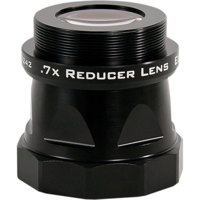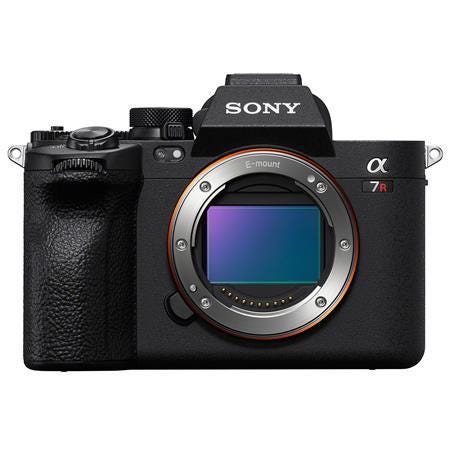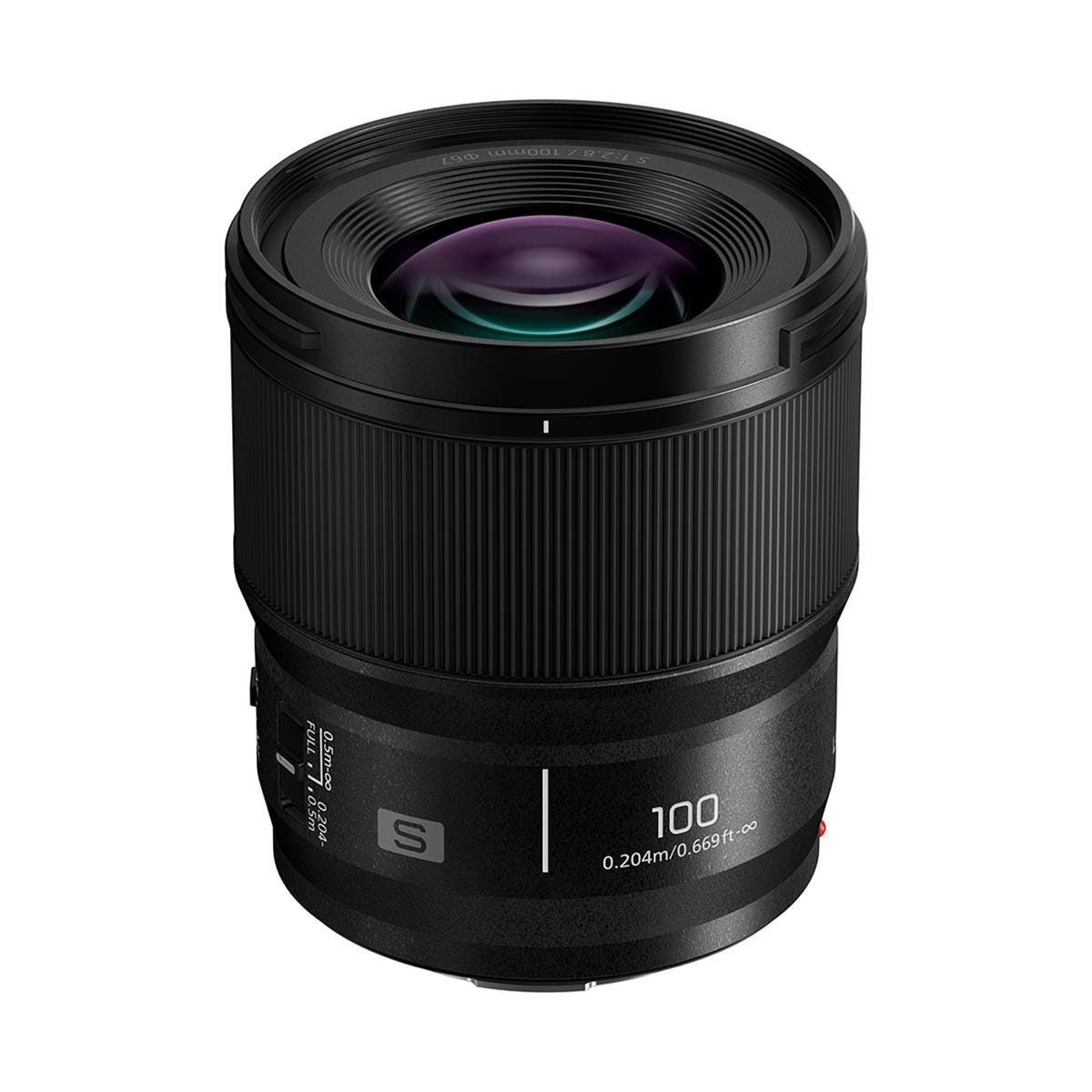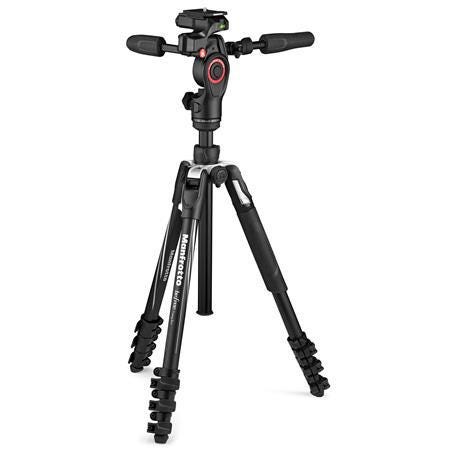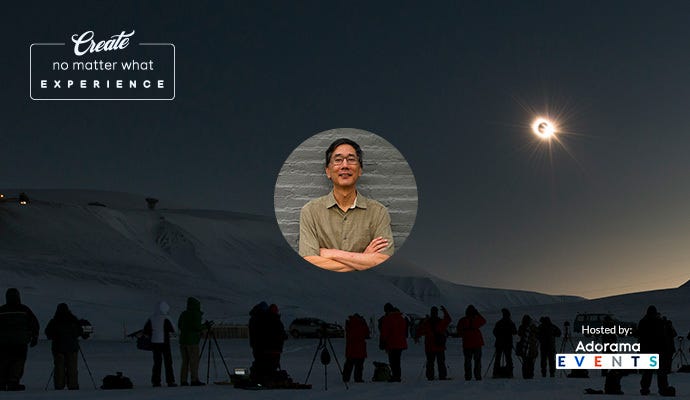Celestial Photography
Eclipse and Night Sky Viewing and Photography
Whether you’re capturing the depths of space, the excitement of a meteor shower, the brilliance of a solar eclipse, or the serenity of a lunar eclipse, find the right equipment to observe, photograph, and share the amazing beauty of the skies
Observing The Solar Eclipse
When viewing a solar eclipse, you’ll want to filter out harmful ultra-violet and infrared rays, as well as intense visible light. Pick up a set of eclipse glasses to keep your eyes safe. Telescopes provide a closer look at the eclipse’s phases, while binoculars enhance the experience by magnifying details like sunspots and prominences. With specialized solar filters, these optical instruments allow enthusiasts to directly view the sun’s disk without risking eye damage.
SHOP ECLIPSE-VIEWING GEAR
Photographing The Solar Eclipse
Capture the magic of the upcoming solar eclipse with stunning photography! Enhance your skills with the right DSLR or mirrorless camera, pick up a tripod for keeping the camera and lens steady, and don’t forget the solar filter to ecapture exposures of the sun before and after totality. Explore variety of photo gear and accessories perfect for capturing this celestial event.
SHOP PHOTOGRAPHY GEAR
Experience the
LUNAR
ECLIPSE
Observing The Lunar Eclipse
When viewing a lunar eclipse, no special eye protection is needed since the moon simply reflects sunlight and does not emit harmful rays. Unlike a solar eclipse, you can safely observe a lunar eclipse with the naked eye, making it an accessible and awe-inspiring event for everyone. For a closer look at the moon’s transformation, binoculars enhance details like craters and surface textures, while a telescope provides an even more immersive view of the Earth’s shadow creeping across the lunar surface. To capture the eclipse, use a camera with a telephoto lens or a telescope adapter for stunning astrophotography. Find a dark-sky location, settle in, and enjoy the celestial spectacle!
SHOP LUNAR ECLIPSE-VIEWING GEAR
Photographing The Lunar Eclipse
Experience the stunning moment when the Earth positions itself between the Sun and the Moon, casting a large shadow across the lunar surface. Lunar eclipses occur more frequently than the often-celebrated solar eclipses and provide a fantastic opportunity for photography. Capture the perfect shot as the Moon darkens dramatically and takes on a deep red hue, making for stunning photographs.
SHOP NIGHT SKY PHOTOGRAPHY GEAR
Top Picks for Celestial Photography
Telescopes
Bags & Cases
Observing the Solar Eclipse
Watching the solar eclipse is not the same as looking at the sun on a normal day. While the sunrays can cause you to quickly look away, the solar eclipse can be a little tricky. During a solar eclipse, the moon partially or completely covers the sun, making it seem less bright or intense than usual.
This can lead people to believe it's safe to look directly at the eclipse without eye protection or solar glasses. However, even during an eclipse, the sun emits harmful ultraviolet and infrared radiation that can damage the sensitive tissues of the eyes.
It's important to always use proper eye protection, such as certified eclipse viewing glasses or telescopes with solar filters, when observing a solar eclipse. The solar glasses for eclipse reduce the brightness of the sun to a safe level for your eyes. They allow you to see the eclipse clearly, without worrying about your eye safety.
Solar telescopes provide a closer look at the eclipse’s phases while solar eclipse binoculars enhance the experience by magnifying details like sunspots and prominences. With specialized solar filters, these optical instruments allow enthusiasts to directly view the sun’s disk without risking eye damage.
Photographing the Solar Eclipse
Get ready to be captivated by the enchanting solar eclipse with stunning photography! Enhance your photography game with the ideal DSLR or mirrorless camera, ensuring crisp and vibrant shots.
Equip yourself with a reliable tripod to maintain stability for your camera and lens, guaranteeing sharp and steady images.
To protect your camera sensor from any unwanted damage, remember to include a solar filter. These solar filters help you capture mesmerizing exposures of the sun before and after totality, preserving the intricate details of the solar eclipse.
Here’s a list of solar eclipse photography gear you should consider investing in:
- Solar Glasses: Protect your eyes during the solar eclipse with specialized eyewear designed to safely view the sun.
- Solar Telescope and Filters: Enhance your eclipse viewing experience with a telescope equipped with solar filters for detailed observation.
- Solar Eclipse Binoculars: Get a closer look at the eclipse with binoculars featuring built-in solar filters for safe viewing.
- Solar Camera Filters/Neutral Density Filters: Capture stunning eclipse photos using camera filters that reduce the sun's intensity without sacrificing image quality.
- Tripods and Mounts: Keep your camera steady during the eclipse with sturdy tripods and mounts, ensuring sharp and stable images.
Explore a diverse array of eclipse cameras, photo gear and accessories tailored for seizing the magic of this extraordinary event now!
How to Photograph the Solar Eclipse
If you're looking to capture the awe-inspiring solar eclipse through photography, here's how.
- To capture the breathtaking solar eclipse, get equipped with essentials like solar viewing glasses, a DSLR or mirrorless camera, and a sturdy tripod.
- Safety comes first! Always use solar filters to shield your eyes and camera from harmful rays. This will prevent any unnecessary damage to your camera’s sensor and help you take precise and stunning shots too.
- Choose a spot with interesting surroundings for added flair in your photos. The right background and elements can make your eclipse photos truly stand out and tell a captivating story. Whether it's a stunning landscape, iconic landmark, or silhouetted trees, incorporating intriguing surroundings adds depth and context to your images.
- Play around with exposure settings like spot metering and bracketing for the best shots at every eclipse phase. For sharp images, try using a remote shutter release to avoid shaky shots. And remember, patience is key; be ready to adapt to changing weather or unexpected challenges.
With the right prep and a bit of luck, you'll capture the mesmerizing beauty of the solar eclipse in your photos!
FAQs
How can I ensure my solar eclipse photos stand out from the crowd? Any professional tips or techniques?
To ensure standout solar eclipse photos, we’d recommend using a telephoto lens for detail, bracket exposures, and incorporating unique landscapes. Experiment with solar filters for safety and creative effects and document all eclipse phases for a powerful variety of shots. Explore our solar filters for cameras to protect your gear from any foreseeable damage.
I'm relatively new to solar eclipse photography and want to avoid common mistakes. What are some pitfalls I should watch out for, based on your professional experience?
As a beginner you may encounter some common pitfalls including improper camera settings leading to overexposure, lack of proper solar filters risking equipment damage, and missing crucial phases due to inadequate planning. Ensure you have the right gear, settings, and timing to capture stunning eclipse images without any setbacks. You can read our blog about How to Photograph the Solar Eclipse for a detailed breakdown of everything you need to remember!
Considering the potential risks involved, what's the safest way for amateur photographers like me to capture stunning images of a solar eclipse?
The safest way for amateur photographers to capture stunning images of a solar eclipse is by using proper solar filters or solar filter glasses to protect both your eyes and camera equipment from harmful sunlight. Also ensure you have a stable tripod to minimize camera shake and experiment with different exposure settings to achieve the best results without compromising safety.
What are some advanced camera settings that professional photographers use to capture the subtle nuances and details of a solar eclipse?
Professional photographers use manual mode for complete control, spot metering for accurate exposure, bracketing to capture all brightness levels, and high-speed continuous shooting to never miss crucial moments during a solar eclipse. These advanced settings ensure sharp focus, perfect exposure, and stunning details in eclipse photos. You can read more about this in our blog featuring Stan Honda where he lists down the best gear and advice for capturing the solar eclipse.
As someone eager to explore deeper into the world of solar eclipse photography, are there any lesser-known accessories or tools that are particularly useful?
Consider lesser known but valuable accessories like solar filter sheets for flexible protection, solar viewing binoculars for magnified and safe viewing, remote shutter release for minimized camera shake, and solar tracking mounts for precise alignment and tracking. These accessories enhance your ability to capture stunning eclipse images while providing unique perspectives and creative opportunities. Experimenting with solar eclipse viewing glasses can also add visual interest to your photos and can keep your eyes safe from any damage.
